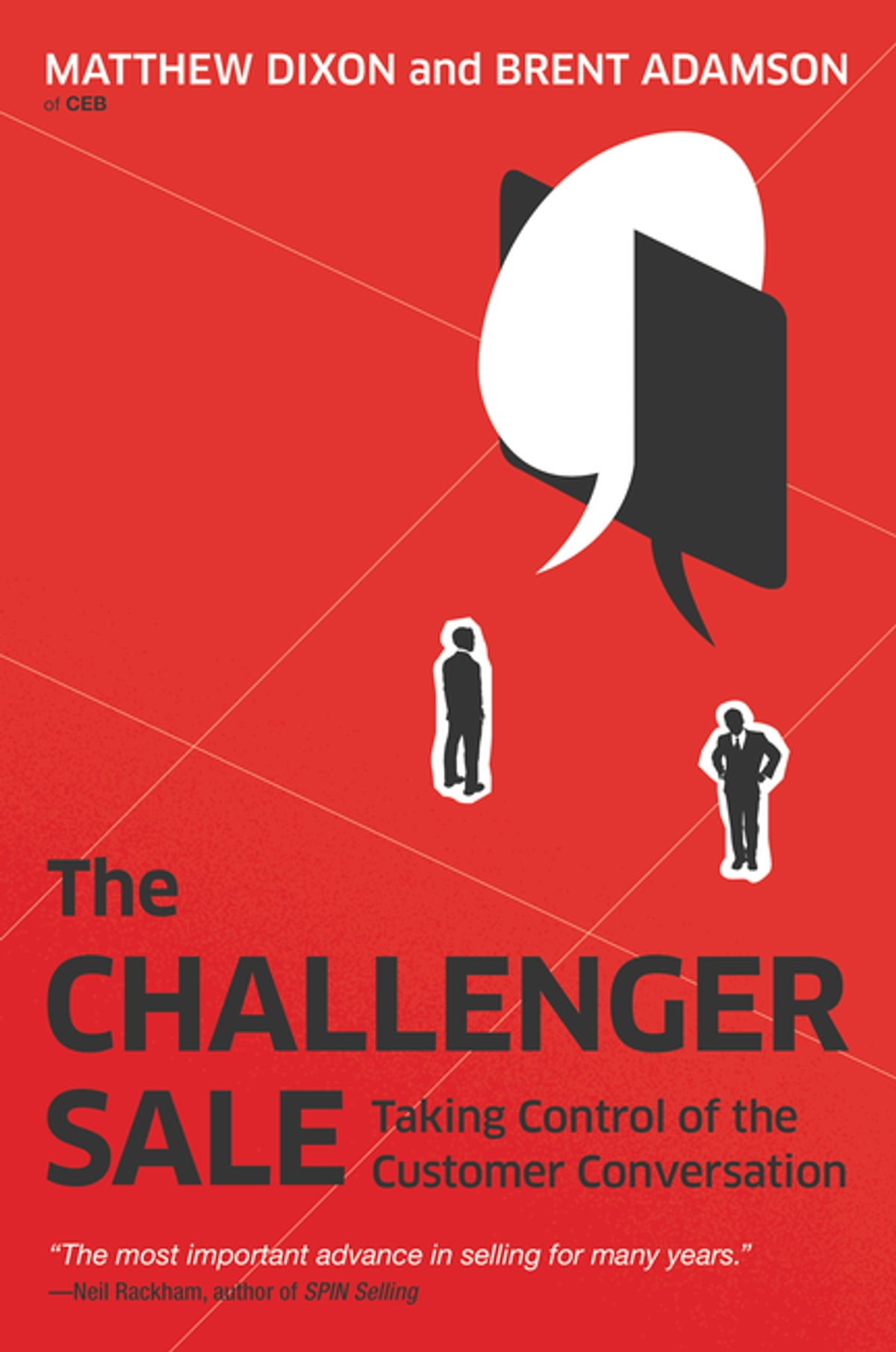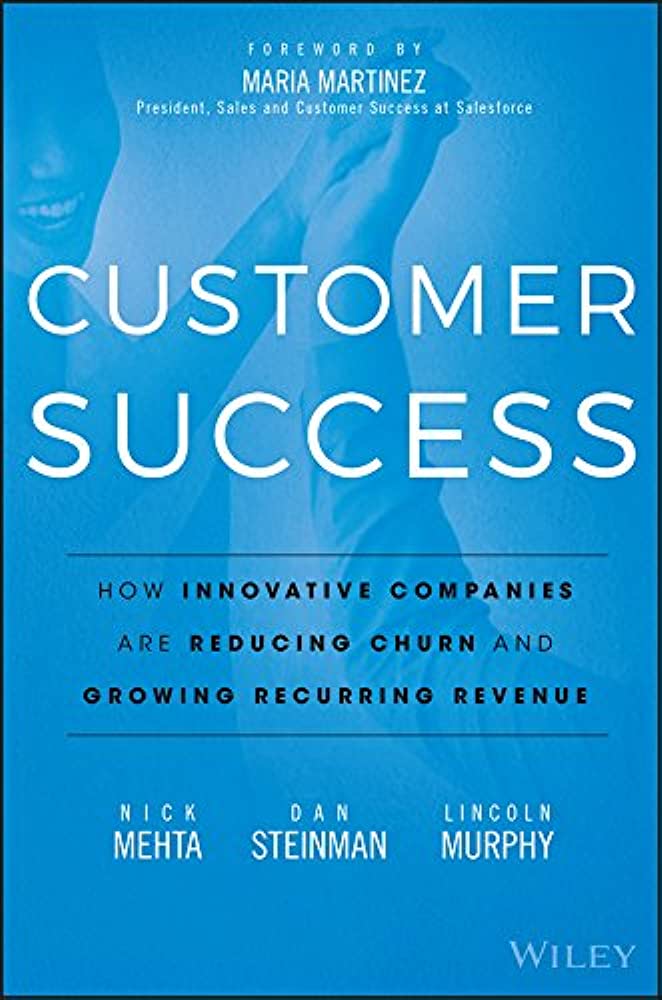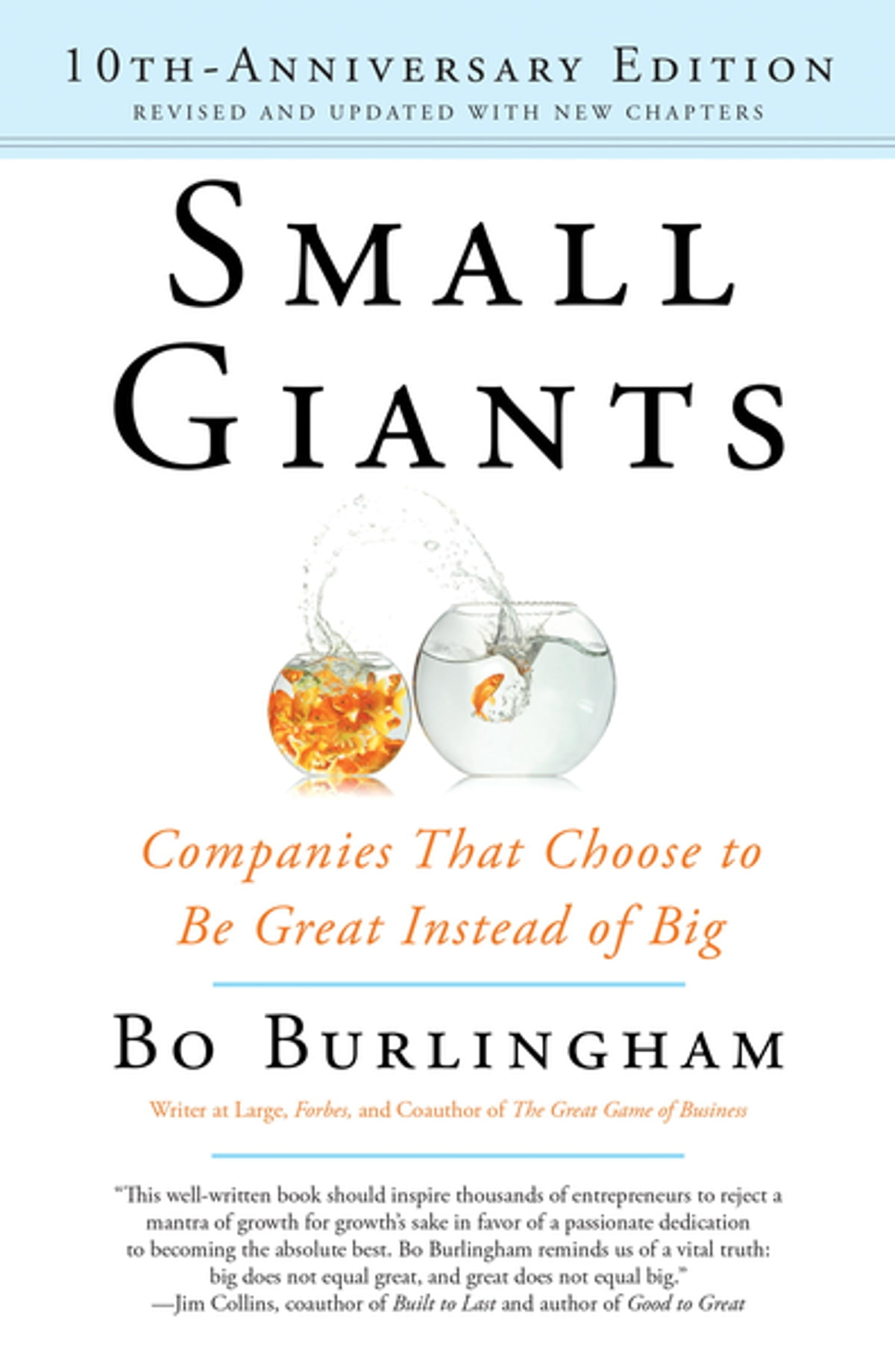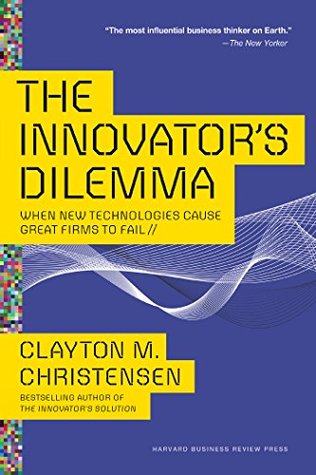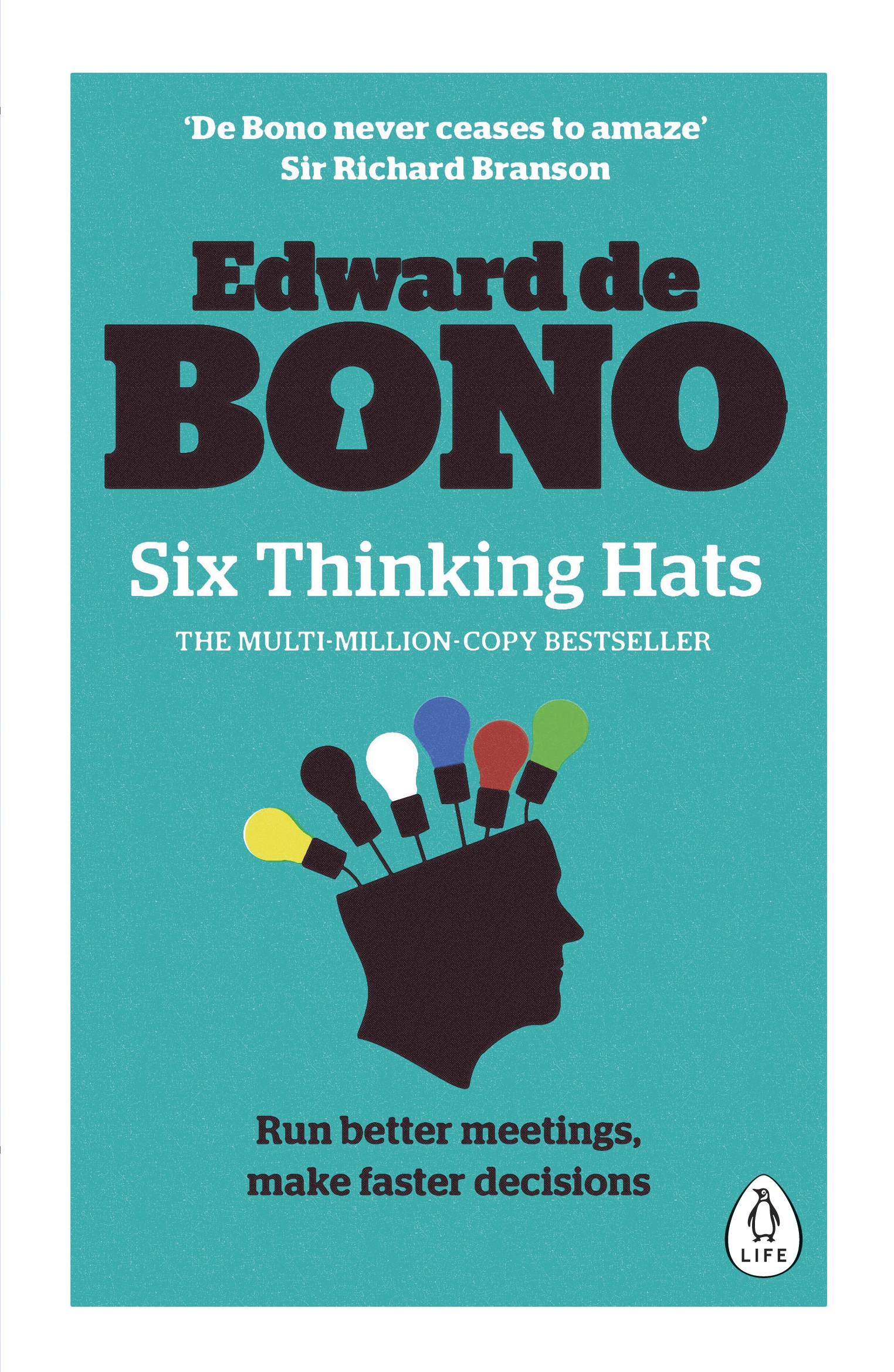The Cold Start Problem
by Andrew Chen
- Business
- Ashto =
- Jonesy =
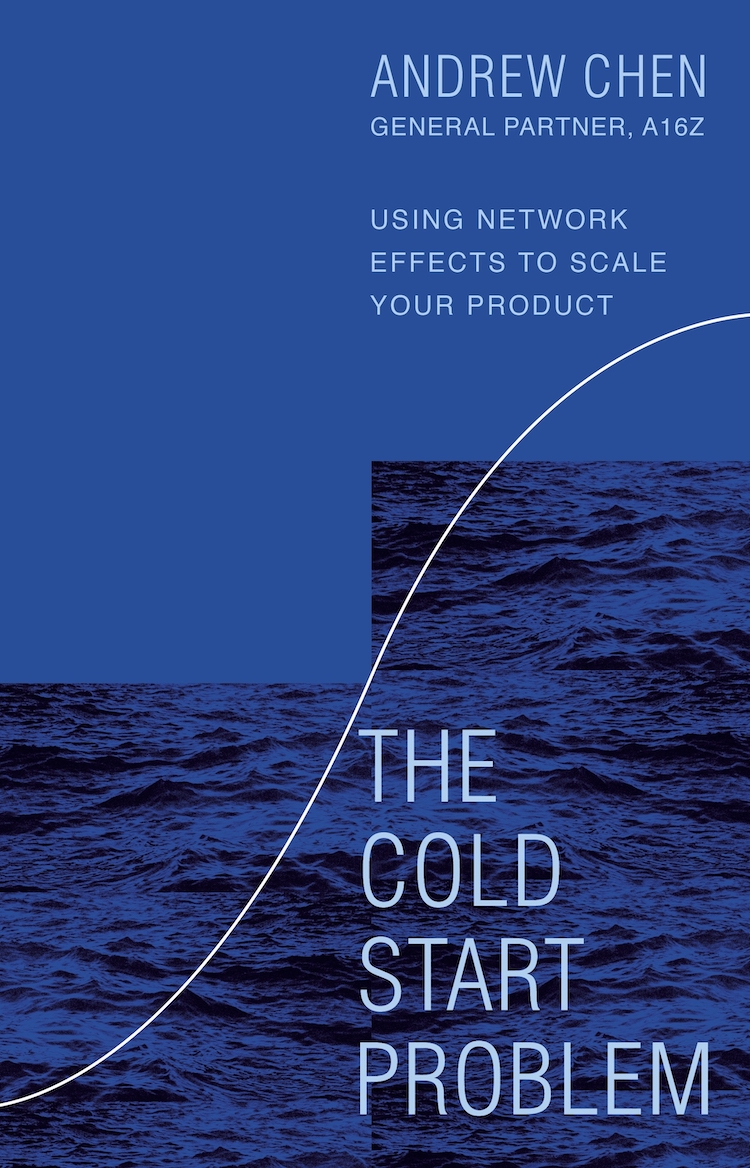
What You Will Learn from The Cold Start Problem
The Cold Start Problem addresses how tech’s most successful products solved the dreaded ‘cold start problem’ by leveraging network effects to engage billions of users. In today’s climate, it’s easier to build tech software. However, launching and scaling new products and services remains challenging. Utilised by tech giants like Apple, Google and Microsoft, the network effects are a solution that allows emerging products to break through by attracting new users through viral growth and word of mouth.
But what exactly are network effects? How do teams create and build them into their products? How do products compete in a market if every player utilises the same approach? In this book, Andrew Chen draws on his experience and interviews with the CEOs and founding teams of LinkedIn, Twitch, Zoom, Dropbox, Tinder, Uber, Airbnb, and Pinterest to offer valuable insights that answer these questions.
The Cold Start Problem reveals what makes winning networks thrive, why some startups fail to scale successfully, and, most crucially, why products that create and compete using the network effect method are important today.
The Cold Start Theory
There are five primary stages in the cold start theory:
1. The cold start problem
Most networks fail. If a new video-sharing app launches and doesn’t have a wide selection of content early on, users won’t stick around. The same is true of marketplaces, social networks and all the other variations of consumer (or even B2B) products. If users don’t find who or what they want, they’ll churn, leading to a self-reinforcing destructive loop. These are recognised as anti-network effects. Solving the cold start problem requires getting all the right users and content on the same network simultaneously – this is a difficult tactic to execute in the launch.
2. The tipping point
It takes enormous effort to build the first atomic network, but it’s obviously not enough to have one. To win a market, it’s important to build many more networks to expand into the market. But how does this happen at scale? Luckily, an important dynamic kicks in. As a network grows, each new network starts to tip faster and faster so that the entire market is more easily captured.
3. Escape velocity
This step involves working furiously to strengthen network effects and sustain growth. The Acquisition Effect, the Engagement Effect and the Economic Effect
4. Hitting the ceiling
Growth begins to stall. Customer acquisition costs often spike due to market saturation and as viral growth slows down. There’s the law of unreliable clickthroughs, which drives down the performance of acquisition and engagement loops over time as users tune out of stale marketing channels.
5. The moat
The final stage focuses on using network effects to fend off competitors. Which is often the focus as the network and product mature. While the moat is not the only beneficial aspect, it is undoubtedly one of the most important ones, especially in the technology sector.
The Cold Start Problem
Even at the start of an atomic network, there is an important dynamic at play that increases over time. There is a minority of users that create a disproportionate value and, as a result, have disproportionate power. This is the challenge of the network. These users contribute more to your network but are much harder to acquire and retain.
For social networks, these are often the content creators that generate the media everyone consumes. For app stores, these are the developers that create the products. For workplace apps, these are the managers that author and create documents and projects and invite coworkers to participate. For marketplaces, these are usually the sellers and providers who spend their entire day attracting users with various products and services.
Acquiring challenging stakeholders of the network and keeping them happy is paramount to standing up an atomic network. To understand the motivations of these users, let’s look at Wikipedia as a case study.
Wikipedia has over 55 million articles written by a small group of users. Even though there are hundreds of millions of users, there are only 100,000 active contributors per month. And when you look at the small group of writers who make more than 100 edits per month, it’s about 4,000 people. As a ratio, these contributors represent only 0.02% of the total viewer pool. These people earn nothing. Whilst it might sound strange dedicating hours to do this, Wikipedia illustrates the norm for user-generated products. Likewise, there are nearly 100 million riders on Uber, but just a few million drivers. There are two billion active YouTube users and just a few million upload videos.
Because the hard side is so critical, it is imperative to have a hypothesis about how a product will cater to these users from day one. Solve the challenges, and you’re on your way to solving the cold start problem.
Attracting & Retaining the Critical Stakeholders: Tinder
The most challenging problem in creating the first atomic network is attracting difficult stakeholders. Focus on attracting content creators to a new video platform, sellers to a new marketplace, or project managers inside a company to a new workplace app, and the rest of the network will follow. The question is, how?
Attractive people (particularly women) are on the challenging side of the online dating network. It wasn’t until 2012 that yet another generation of dating apps emerged. Tinder exemplified an innovation that looked into this issue.
The older dating sites made it feel like you were doing work in an office. You’d compose work emails during the day and write more messages at night. Tinder was different; it made dating fun.
The mechanic of swiping made sure people didn’t feel overwhelmed. Whereas men tend to swipe right (on about half of women’s profiles), the ladies on the app only swipe for 5% of the profiles they see. As a result, women would mostly match with the guys they select. However, if they feel like they are in too many conversations, they can stop swiping for a while.
To solve the cold start problem, the first move is often to provide critical supply to the marketplace. Once the supply is there, it’s time to bring on the demand. The buyers and users will form the bulk of the network, and once that’s working it’s all about supply again.
How Tinder reached its tipping point
The challenge for Tinder wasn’t to launch on new college campuses. It was to capture the entire market, to get to hundreds of millions of users across all of its core geographies.
For example, Sean and Justin concocted a plan. Justin’s younger brother would throw a party for a popular hyperconnected friend on campus and use it to promote Tinder. The Tinder team would do all the work to make it a great party. On the day of the party, students from USC were getting bused to a luxurious house in LA where everything had been set up to pull them inside. There was one catch: first, you had to download the Tinder app to get in. The party was a success. More importantly, everyone at the party woke up and remembered they had a new app on their phone. There were attractive people they hadn’t gotten to talk to, and Tinder presented them with a second chance.
The Tinder team built one atomic network but soon figured out how to build the next. Just throw another party, and another, by going to schools and throwing more parties. They quickly got to 4,000 downloads, then 15,000 within a month, and then 500,000 a month after that, first by replicating the campus launch and then by letting viral growth take over.
Exclusive Invitation Approach: Linkedin
‘Sorry, you need an invite to sign up for the app.’ No one will be happy with a message like this. It might seem counterintuitive to launch an app, particularly during the Cold Start phase. When new users are desperately needed, why turn down users who want to try your product?
The invite mechanics work like a copy and paste feature. If you start with a curated network and give them invites, that network will copy itself automatically. That is what happened with Linkedin. Initially founded in 2002, the startup had to overcome the challenge of engaging professional users.
Reid said, ‘There are people like Bill Gates at the top of the hierarchy. At the launch, Linkedin wouldn’t have made sense for people like Gates. But there’s a mid-tier of successful people who are still building and hustling, who get fewer requests for introductions, but will take the meetings.’
To seed the initial network of this middle tier of the hierarchy, the product was designed to be accessible via invitation only. Employees and investors of the company invited as many as they wanted, but you couldn’t just sign up on the website. They intentionally seeded the network with mid-tier successful professionals who wanted to take the time to connect. The invite-only feature didn’t last long for Linkedin. When the core network was strong, they opened up the app to anyone who signed up without an invitation. It tipped the market faster than competitors could emerge and won its category.
Come for the Tool & Stay for the Network: Instagram
This is one of the most famous strategies for scaling networks. Instagram was built with a network from day one. It had user profiles, a feed, friend requests, invitations and many other features of a modern social product. It added a popular feed to aid in discovery within the network, the constraint of perfectly square 640×640 pixel photos. It also had features to share a photo with FB, with a link leading back to Instagram.
Interestingly enough, in its first few months, it was not the social features that were important. Instead, the engagement was completely oriented around photo editing. In other words, Instagram was being used first as a free tool. 8 years after its initial launch, network effects had fully taken over the utility of photo editing – it’s more about networking and less about utility.
Paying Up for a Successful Launch: Coupons
One of the common criticisms of fast-growing startups is profitability. This was a continual criticism of Uber, which grew quickly early on but burned billions of dollars yearly before its IPO.
For networked products, it makes sense to spend (often excessively) to pay for growth in the earliest stages. The goal is to get the market to hit the tipping point – driving toward strong positive network effects and then pulling back the subsidies.
Coupons were invented in 1888 by John Pemberton and Asa Candler, cofounders of Coca-Cola. The early coupons showed the classic cursive logo in the centre, with the headline ‘This card entitles you to one glass of coca Cola.’ And along the sides, it encouraged you to go to any dispenser to redeem the coupon.
This is one of the first nationwide campaigns to brand something that historically had wide regional varieties. The campaign was a huge success. Within two decades of its existence, 8.5 million free drinks for one in nine Americans had been redeemed. Cola was soon flowing in every state across the country. It was such a powerful tool that many other companies, especially in consumer packaged goods, began to adopt it.
Conclusion of The Cold Start Problem
This book showed the curve of products with network effects through 5 critical stages: Cold Start, Tipping Point, Escape Velocity, Ceiling and Moat. Although the cold start problem poses a challenging issue at the start, the network effect approach makes a powerful solution to overcome such a challenge. It’s important to remember that your business needs to overcome this quickly – or die.




